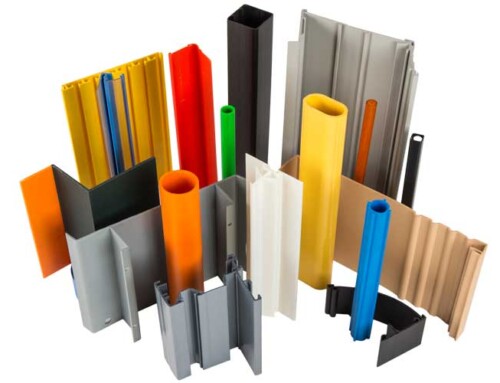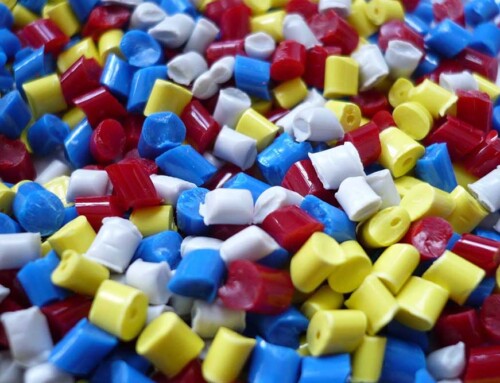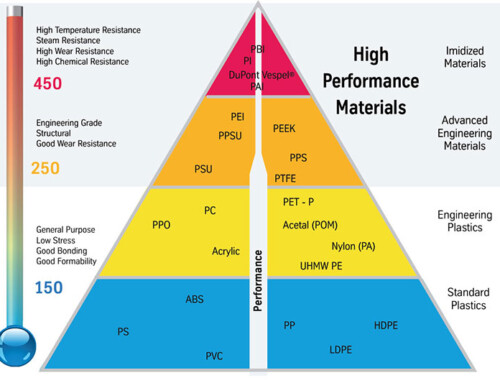Polystyrene and polyethene are the two most commonly used plastic polymers. Both come in many forms and are valued for their chemical and mechanical properties.
This makes them ideal for a variety of uses and is widely used in the production of plastic products and components. Because these polymers have so many advantages and use, choosing the right thermoplastic can be a tricky business.
When choosing polystyrene and polyethene in your product, consider the following key differences between the two.
1. Composition
Polystyrene is a polymer synthesized from styrene monomer with the molecular formula (C8H8)n. Styrene is a liquid hydrocarbon extracted from petroleum.
A thermoplastic resin is created by chemically combining or polymerizing the material. It is classified as a vinyl polymer, which is a polymer composed of vinyl monomers. This means that its monomers are small molecules containing carbon-carbon double bonds.
On the other hand, polyethene is an ethylene monomer with the molecular formula (C2H4)n. Ethylene is an organic chemical substance, produced by heating ethane or petroleum, or extracted from plant hormones.
This polymer is classified as a thermoplastic and has a variable crystal structure. Therefore, it can adopt different structures to produce different plastic properties. It is considered to be one of the simplest chemically plastic polymers, consisting only of carbon and hydrogen.
2. Attributes
Polystyrene is a thermoplastic that is solid at room temperature and has a melting point of 210°C. Once it is in a liquid state, it can be reshaped into different forms and then cooled back to a solid. It also has a certain degree of resistance to acids and alkalis, making it a durable material. There are two types of polystyrene, solid and foam.
The foam version is often referred to as polystyrene foam and is known for its rigidity and ability to absorb and disperse body pressure. It is also moisture-proof and an excellent thermal insulator. These characteristics are due to the bubbles in its structure.
Polyethylene is a lightweight but high-strength thermoplastic. A variety of household cleaners are safe to use on it, as well as many other chemicals. This causes it to maintain its quality and shape despite extensive cleaning and use. Therefore, polyethylene is considered a durable plastic resin.
Due to the molecular structure of polyethene, it is also highly resistant to other factors such as light, heat, impact and moisture. It can also be easily melted and transformed into new shapes.
Therefore, it can be extruded and manufactured into many different forms. This material is very viable and flexible, which makes it very popular in the injection molding process.
3. Advantage
Polystyrene is a cost-effective thermoplastic and one of the cheapest plastics available. In addition to cost-effectiveness, it is also operable. Besides, sanding, cutting, and other processing processes on polystyrene panels require little effort. This plastic can also be processed with computer-guided machines or even household tools such as saws or cutters.
On the other hand, the advantage of using polyethene comes from its lightweight and strong quality. It can withstand a high degree of impact and chemical exposure while being lighter and less dense than other plastic polymers. As mentioned earlier, it can also be transformed into a new shape because it is thermoplastic.
Manufacturers can make it into a variety of components, such as rods, joinery, thin plates and so on.
4. Type
There are three main types of polystyrene: foam and film. For polystyrene foam, there are two different types: expanded polystyrene (EPS) and extruded polystyrene (XPS).
For polystyrene plastics, there are copolymers and homopolymers. Homopolymer polystyrene is fragile, but can be combined with other materials to make copolymer high-impact polystyrene (HIPS).
Finally, polystyrene film can be of different grades. The two most common types are cast-oriented polystyrene (OPS) and blow-molded biaxial polystyrene (BOPS). Polyethylene can be divided into several compounds.
Among them, there are mainly four types: polyethene terephthalate (PET), low-density polyethene (LDPE), high-density polyethene (HDPE), and ultra-high molecular weight polyethene (UHME). Each type has different mechanical properties, making it suitable for different situations and product uses.
5. Use
Polystyrene can appear in various products in the form of its plastic, foam or film. Outdoor furniture, children’s toys, swimming equipment, disposable tableware, etc. all contain harder plastics. This kind of foam is used in take-out containers, water cups, cushioning materials, and even simple engineering models.
Polystyrene film can be found in poster laminates, glossy packaging and screen protectors. Due to the versatility of polyethylene, it can be used in many different products. Most polyethylene products are also considered food safe and safe.
This feature makes it used in food and beverage packaging, as well as high-use products, such as in the medical industry. Polyethylene terephthalate (PET) can be used for medical packaging, water bottles, and even synthetic fibers.
Low-density polyethene (LDPE) is commonly used in plastic wrap, shopping bags and disposable storage bags. A milk jug, for example, is made of high-density polyethene (HDPE). It can also be used for household items such as trash cans and cutting boards. Ultra-high molecular weight polyethene (UHME) is commonly used in medical devices and bulletproof vests.
6. Conclusion
Both polystyrene and polyethylene are polymers, and they have their own characteristics, which makes them suitable for different types of products. In terms of chemical and environmental properties, composition, advantages, and pricing, choosing polystyrene or polyethylene resin in your project can be tricky.




Leave A Comment